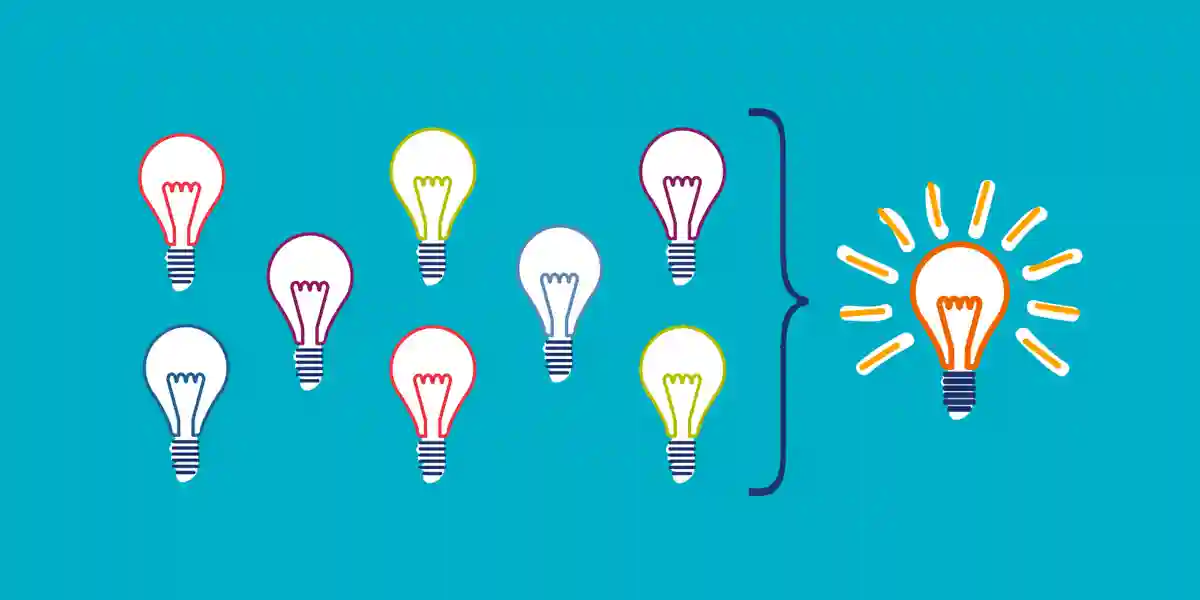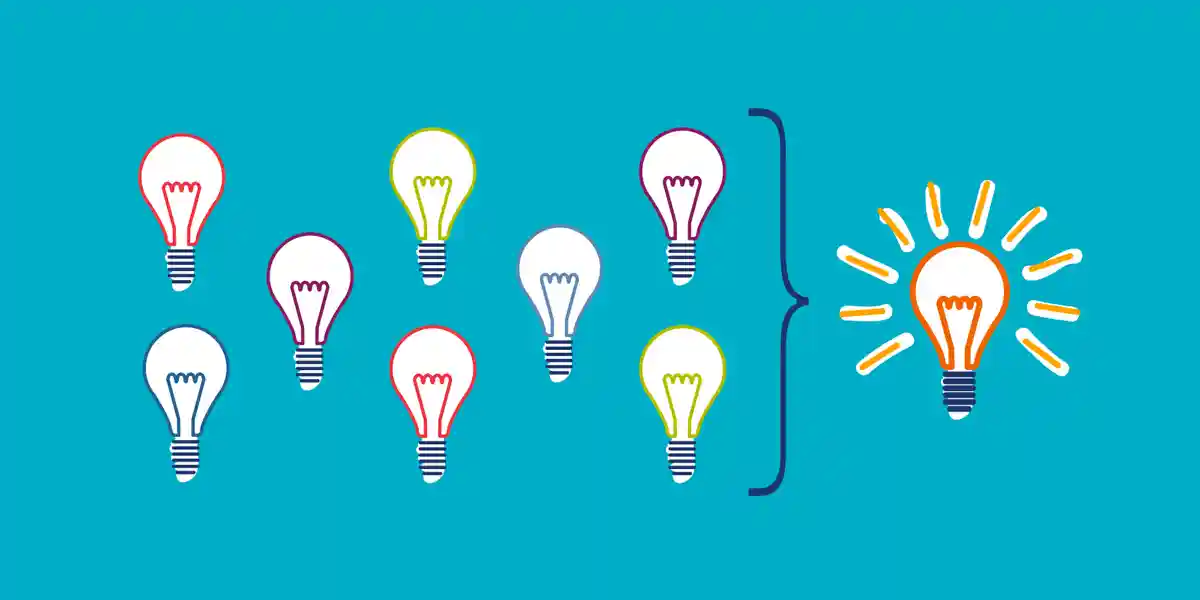In recent years there has been a much-needed philosophical shift happening across the professional sector: HR and leaders alike are recognizing the need to have hard conversations at work. These conversations include discussions about diversity, equity, and inclusion (DEI), often as part of inclusive leadership training.
Once, it was taboo to engage in deeply personal discussions at work. It was frowned upon to acknowledge the systemic inequities permeating our workplaces and lives; it was discouraged to share emotion and vulnerability. Now organizations are affirming the full humanity of their employees by shedding these antiquated taboos.
Many organizations are encouraging employees to attend workshops and inclusive leadership training sessions and participate in team discussions on DEI topics. These topics can range from exploring power structures and unconscious bias to examining personal privilege to skill practicing allyship and more.
It’s a step in the right direction. But for this positive step to have a meaningful impact, organizations must take appropriate measures to ensure these sessions provide brave, psychologically safe spaces for learning and disclosure, particularly for employees who may feel the most vulnerable outside of those spaces.
Creating Courageous, Psychologically Safe Spaces for Learning and Disclosure
A psychologically safe learning environment is an environment where all learners, regardless of their position, identity, or background, feel respected and trust their colleagues enough to be vulnerable and learn.
Especially in the case of DEI, true learning requires leaning into discomfort. Well-designed DEI discussions demand self-honesty. They ask leaders to look inward to examine biases and behaviors. These discussions also demand open-mindedness. They ask leaders to listen sincerely to stories and truths that may have been previously obscured from them.
This type of learning can be intense and deeply emotional. For many leaders, these workplace trainings are the first time that they’ve been asked to engage in this type of self-reflection and story-sharing.
Facilitators need to foster inclusive leadership training experiences where all learners feel psychologically safe to express emotion and vulnerability. They also need to create a learning environment where leaders can examine entrenched biases and behaviors, and ultimately, engage in learning that will lead to behavior change. But in order to do that, facilitators need to know what they’re up against.
How to Navigate Challenging Classroom Situations
There are a host of unique obstacles and challenges that come up in workplace discussions on sensitive topics like DEI. As a result, these types of inclusive leadership training sessions require a unique facilitator skill set. But do facilitators have that skill set today?
DDI, in partnership with DEI and anti-oppressive consulting firm Conducere LLC, conducted months of in-depth qualitative research with a diverse group of facilitators representing a range of experience levels, identities, industries, and personalities. We learned that facilitators, many of whom are being asked to navigate incredibly tense and nuanced conversations with little-to-no specialized training, are coming up against a very consistent set of obstacles.
Based on our research, facilitators are facing situations that fall into the following four categories: handling pushback, cutting through the quiet, navigating intense emotions, and managing moments of offense. Let’s explore each category.
1. Handling Pushback
When it comes to DEI conversations, people come in with a variety of preconceived notions—these are often based on their particular identities, upbringing, and experiences. This can provide fertile ground for perspective-sharing when managed effectively. But it can also lead to some pretty entrenched beliefs, which poses a challenge when asking learners to see things differently.
Sometimes this manifests in the classroom as pushback. For example, our research team heard countless stories of participants challenging the value of the discussion, refusing to acknowledge the possibility of personal bias or privilege, and even sharing bigoted views in the classroom.
2. Cutting Through the Quiet
Moreover, when navigating sensitive or uncomfortable conversations, there can be a tendency in more timid groups to abstain from participation. This can happen for several reasons. In the case of DEI discussions, our research showed that members of majority or privileged groups tend to remain silent out of fear of “saying the wrong thing.” Amidst concerns of “cancel culture,” there is an outsized concern amongst members of these groups that participating openly in discussions can lead to public shaming or criticism.
There is also a belief amongst some members of these groups that DEI is separate from their personal experiences. So, as a result, they don’t have anything meaningful to say on the topic. There’s a term for this phenomenon in anti-racism spaces: “white silence.”
On the flip side, members of historically excluded groups may stay quiet for fear of the retribution that can sometimes follow speaking up. Or they may shut down as a trauma response to triggering concepts and stories that arise in discussion. Since many of these conversations rely upon open and abundant dialogue to surface learnings and “aha’s,” a quiet room can be quite a challenge for even the most skilled facilitators.
3. Navigating Intense Emotions
There are numerous contexts where intense emotions may surface during a leadership training. It’s true that this happens at a high concentration during inclusive leadership training discussions. But, like many of these obstacles, this classroom situation is not unique to the topic of DEI.
Many leadership trainings—on subjects including inclusion, conflict, coaching, change management—ask leaders to share personal stories from their past. This can stir up old traumas and can lead to story-sharers becoming emotional. If people listening to these stories are compassionate or if they’ve had similar experiences, it can also lead the group to be triggered or empathetically emotional.
Facilitators have shared stories of learners crying in sessions and expressing unfiltered anger. Facilitators have also shared stories of learners expressing high levels of shame and guilt. But many facilitators aren’t trained psychologists. So this type of emotion, which is rare in the workplace, can be difficult to manage.
4. Managing Moments of Offense
The last significant category of challenging classroom situations we uncovered in our research is facilitators managing moments of offense. Many of us have seen this before—a learner (or even sometimes a facilitator) commits a microaggression and, as a result, damages trust within the group.
Of course, certain discussion topics are more prone to microaggressions. They are more likely to happen when groups veer into the territory of privilege, identity, and equity. In these types of discussions, the risk of someone saying something offensive increases. But this situation is more or less inevitable. So, like other challenging classroom situations, it’s possible to recover, but only with the right facilitation skills.
Facilitator Skills for Fostering Inclusive Leadership Training Experiences
To handle these challenging situations in a way that enhances the learning experience as opposed to derailing it, facilitators need training and practice. DDI has found several key behaviors and inclusive practices that facilitators can learn to use to be more effective. To create a psychologically safe and brave space for learning, facilitators can:
- Model vulnerability—by sharing their own stories, including pitfalls, to build trust with the group.
- Set ground rules for respectful interactions—while making space for disagreement and conflict.
- Push learners to critically examine their beliefs and contributions—even when it means diving into discomfort.
- Stay vigilant for microaggressions—by monitoring non-verbals, providing timely and specific feedback to offenders when necessary, and providing support to individuals victimized by harmful comments.
- Mitigate the effect of their own biases—by self-educating and seeking feedback from others.
- Pre-emptively acknowledge differences of opinion and experience—affirm that it’s okay to see things differently than others while also acknowledging the importance of being able to see things from others’ points of view.
- Provide multiple options for participants to engage in discussion—including virtual or non-verbal contributions.
Facilitator Pitfalls to Avoid
While practicing positive behaviors is a surefire way to improve one’s ability to facilitate difficult conversations, avoiding common pitfalls is important too. In our research, DDI uncovered several risks for facilitators to be aware of:
1. Focusing too much on one’s self.
Facilitators can get stuck on whether they said the right thing, or whether they have enough expertise on the topic, or how they’re perceived by learners. It’s important to remember that these sessions require masterful facilitation, but they’re not about facilitators. Rather, they’re about learners’ growth and behavior change. Fixating on their own performance and mistakes makes a facilitator more likely to miss opportunities to connect with and advance learners.
2. Becoming discouraged by “unproductive sessions.”
Inevitably, facilitators will encounter individuals and groups that are simply unwilling to shift their views or beliefs. While this can be frustrating, it’s important not to allow these experiences to produce feelings of hopelessness or undue self-doubt. Facilitators should remind themselves that this work takes a long time. It’s a journey of incremental progress towards a lofty goal. We all need to allow ourselves to be encouraged by small wins along the way.
3. Forgetting self-care.
Sessions that cover sensitive or uncomfortable topics can be emotionally draining for facilitators. They spend a lot of energy empathizing with and intuiting how others are feeling. Especially for DEI sessions, and especially for facilitators from historically excluded groups, bigoted comments or questions of the discussion’s importance can feel particularly personal and painful. Facilitators ought to look for community—find others in similar situations—to remember they’re not alone. There are also a number of self-care interventions that can be restorative. Often, it’s a matter of figuring out which ones work best for you.
4. Forgetting to focus on growth.
For facilitators who have developed a high level of expertise in the subject matter, it can be tempting to get into a rhythm with facilitation. While a rhythm can help increase confidence, it’s important not to lose sight of self-education and examining one’s own biases. An important aspect of this continuous development is seeking feedback from learners and peers to illuminate blind spots and opportunities for improvement.
Taking Facilitator Upskilling Seriously
While these obstacles and pitfalls are extensive and challenging to overcome, facilitators are not alone in the face of them. Many, through trial and error, have found best practices that work for navigating these all-too-common classroom situations. Others are looking for low-risk opportunities to learn best practices.
Taking facilitator upskilling seriously is the key to running effective sessions even on the most uncomfortable and sensitive topics. Specifically, organizations should find ways to build communities of practice amongst facilitators who engage in this work. They should strategically prime groups of learners for difficult sessions by building multi-touchpoint learning journeys designed to deliver incremental learnings. Organizations can also seek out specialized facilitator trainings, which provide safe places to practice and receive feedback. DDI offers a facilitator “booster” session called Foster Inclusion and Courage.
Learn more about DDI’s Inclusive Facilitation Booster training. Watch this on-demand webinar to get a preview.
Sage Krombolz is an inclusion and diversity product manager at DDI, where she spends her days building virtual reality and diversity and inclusion offerings that aim to revolutionize the way we develop leaders. She also chairs DDI’s internal Inclusion and Diversity Council, which endeavors to build and execute a strong I&D strategy for our global workforce. As a used-to-be philosophy major, Sage is driven to create more introspective, intentional, and authentic workplaces. If she’s not alone in her living room talking to a VR headset, she’s probably thrifting treasures at a secondhand shop in Denver or color coding her bookshelf.
Topics covered in this blog

